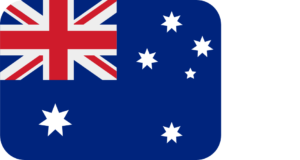Economic market update
The timing and likelihood of interest rate cuts were the big concerns for major markets in April.
In the first quarter of the year, inflation plateaued in several regions. Economic activity also pointed to resilience in private demand. Together, these 2 factors may result in Central Banks maintaining interest rates at their current rate for longer.
In April, the MSCI World Index (Hedged) fell 3.2%, and Emerging Market equities gained 0.9% (Unhedged).

United States
US equities declined in April. The S&P 500 fell by -4.1%. Concerns about inflation potentially drove weakness in sectors that are more sensitive to interest rates, such as Real Estate and Information Technology. Annualised GDP growth dropped to 1.6% for the first quarter. This was well below most forecasts.

Europe and the UK
The MSCI AC Europe Index fell 1.2% in April. This drop reflected weaker sentiment in broader Developed Markets. Inflation expectations for the Eurozone have fallen recently. These expectations could see the European Central Bank easing policy over 2024.
Inflation was stable in the Eurozone at 2.4% (on an annualised basis). UK equity markets, however, were stronger, benefiting from a shift in investor sentiment to sectors including Financials and Resources.

Australia
The ASX300 fell by -2.9%, with most sectors reporting declines. Only the Materials and Utilities sectors saw gains. Utilities outperformed most other sectors. Inflation for the March quarter of 3.6% for the year was higher than expected. Persistent pricing pressures, particularly in services, have challenged the Reserve Bank of Australia’s (RBA) expected timeline for returning inflation to its target range.

Currency and Bonds
The Australian Dollar appreciated against most major currencies, rising by:
- 5% against the Euro
- 4% against the Great British Pound, and
- 5% against the Japanese Yen.
The Australian Dollar did however fall 0.5% against the US Dollar.


